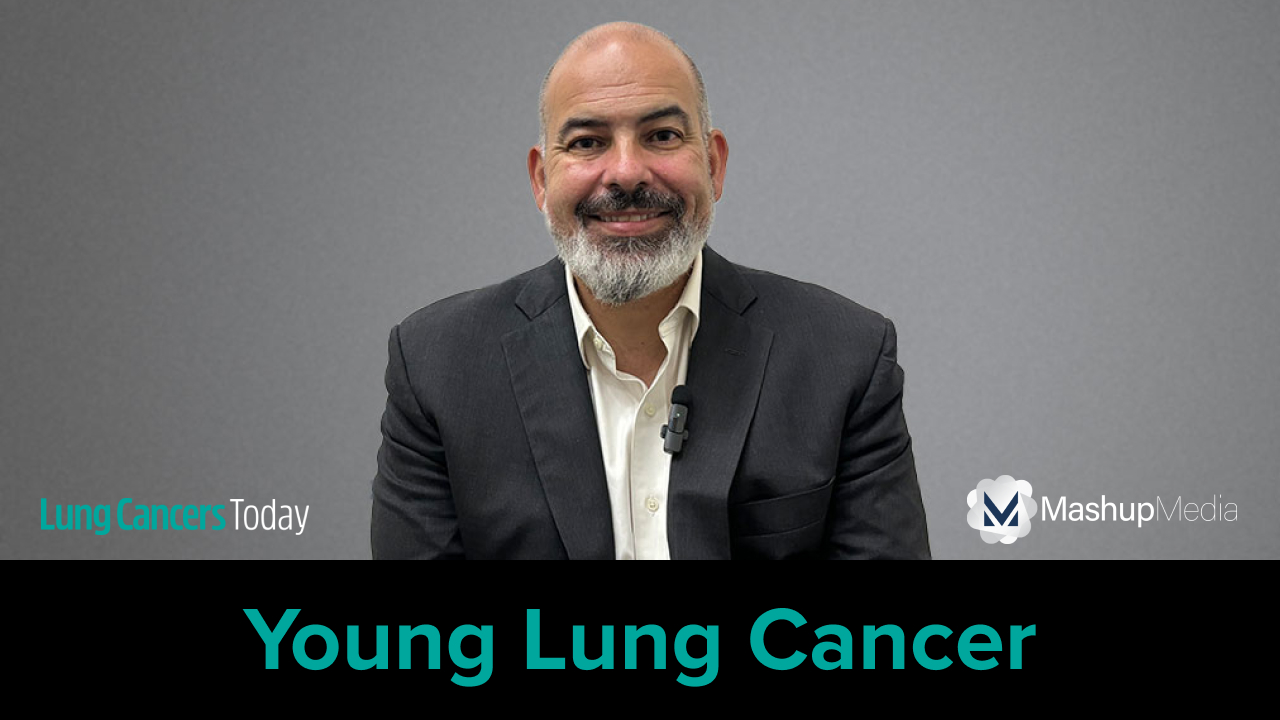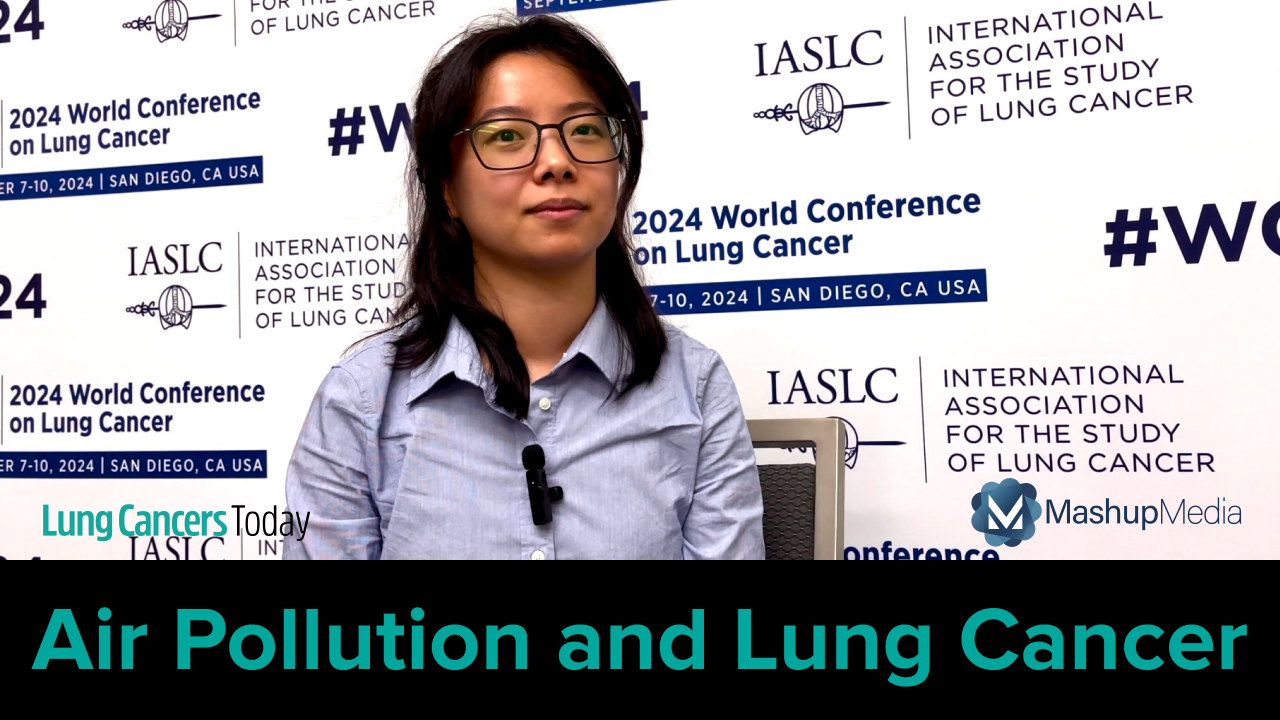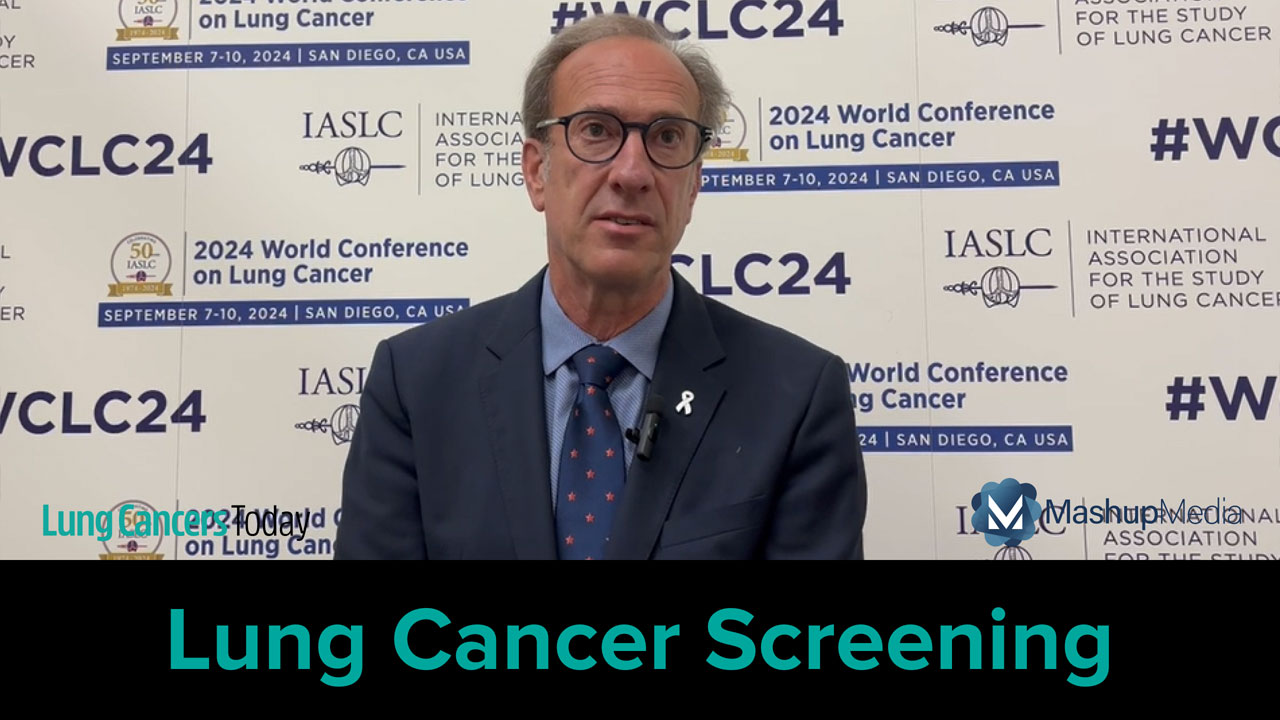
Research presented at the IASLC 2024 World Conference on Lung Cancer shared updated results from the NEOpredict-Lung trial, demonstrating promising 2-year survival outcomes associated with neoadjuvant nivolumab with or without relatlimab in patients with resectable non-small cell lung cancer (NSCLC).
Nivolumab is a monoclonal antibody that inhibits programmed cell death receptor 1 (PD-1), and relatlimab is a lymphocyte activation gene-3 (LAG-3) inhibitor. NEOpredict-Lung was a phase II trial of patients with NSCLC (stages IB, II, and selected IIIA) who were eligible for surgery. Patients were randomized to one of 2 arms: 2 preoperative doses every 14 days of either nivolumab (240 mg, arm A) or nivolumab plus relatlimab (80 mg, arm B). Thirty patients were randomized to each arm. The study design did not allow for direct comparison of treatment arms.
The median follow-up was 29.8 months. Thirteen patients experienced disease recurrence. Six patients died: 1 from tumor progression, 1 from pulmonary embolism, and 1 from acute liver failure, and 3 deaths were unknown or the patients were lost to follow-up.
The 2-year overall survival (OS) rate was 92.3% in arm A and 88.6% in arm B. The 2-year disease-free survival (DFS) rates were 75.3% and 69.1%, respectively. The investigators noted that patients who achieved a major pathologic response (MPR) trended toward better DFS rates than patients who did not achieve MPR (hazard ratio, 0.4; 95% CI, 0.09–1.78).
In arm A, 16 patients (53.3%) experienced tumor, node, metastasis (TNM) downstaging postoperatively, and in arm B, 18 patients (66.7%) experienced downstaging. Upstaging occurred in 8 patients (26.7%) in arm A and in 6 (22.2%) in arm B. Nodal downstaging occurred in 2 patients (28.6%) in arm A and 6 (66.7%) in arm B. Ten patients experienced nodal upstaging, 5 (16.7%) in arm A and 5 (18.5%) in arm B.
Disease recurrence occurred in 13 patients, 6 (20.0%) in arm A and 7 (25.9%) in arm B. There were 3 cases of locoregional recurrence and 10 distant relapses. The contralateral lung was the most common recurrence site. Two patients developed adrenal metastasis, and 2 developed brain metastasis. All cases of recurrence were therapeutically managed, either through local ablation or systemic therapy, and all locoregional relapses were treated with chemoradiotherapy. No new safety signals were observed after subsequent therapies. The authors noted that patients who achieved MPR experienced an oligorecurrence in the contralateral lung.
“Updated analyses of the first study on short-course PD-1 and LAG-3 inhibition, NEOpredict-Lung, shows encouraging 2-year OS- and DFS-rates in both treatment arms,” the authors summarized. “In the dual inhibition arm, TNM-downstaging, in particular nodal clearance, appears more pronounced. The majority of recurrences were at distant sites. All relapsed patients received subsequent therapy without new safety signals.”
Reference
Cuppens K, Baas P, Wiesweg M, et al. Neoadjuvant Nivolumab with or without Relatlimab in Resectable NSCLC: Additional Analysis and Extended Follow-up. Abstract OA01.05. Presented at the IASLC World Conference on Lung Cancer; September 7-10, 2024; San Diego, California.







 © 2025 Mashup Media, LLC, a Formedics Property. All Rights Reserved.
© 2025 Mashup Media, LLC, a Formedics Property. All Rights Reserved.